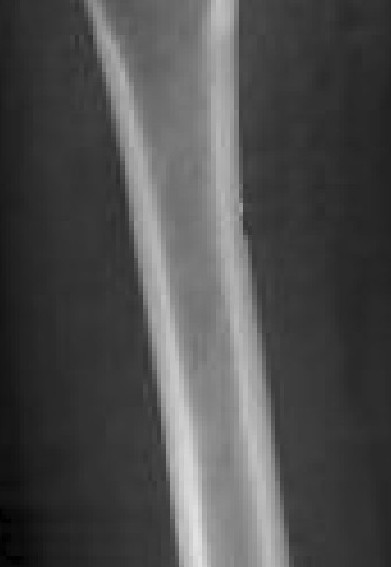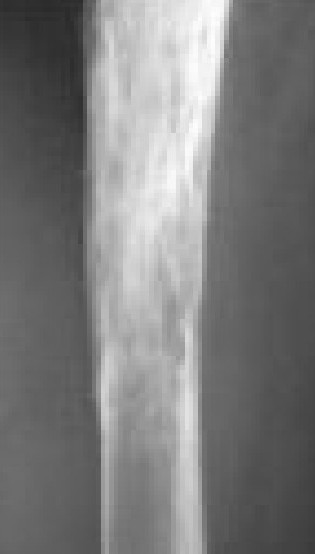Paget's Disease
Paget's Disease is a condition where the remodelling of bones is abnormal, resulting in deformity, pain and fragile bones. Normal bone is a living tissue which is constantly altered throughout life - the bone is broken down by one type of cell (osteoclasts) and then built up again by another (osteoblasts). In Paget's Disease this remodelling process is accelerated and newly formed bone has less time to become structurally organized, and is therefore weaker.
Paget's Disease is a condition which usually affects people over the age of 50, and is slightly more common in men than in women. It is particularly common in the UK and Australia but the incidence world wide is not known. The cause is still uncertain but includes having a genetic predisposition. Another event, perhaps later in life, may then start off the disease.
What are the symptoms?
Paget's Disease can affect any bone but it is most common in the skull, pelvis and leg bones. The bones may become deformed, for example the long bones may become bowed or the skull may become larger. Because the bone structure is abnormal the bones may be painful and are more likely to fracture.
How can Paget's Disease be diagnosed?
Instead of new bone being laid down in neat parallel rows, in Paget's disease it has a disorganized structure and this can easily be seen on X-Rays of the affected bones.
 |  | |
| Xray of a normal bone | Xray of bone showing Paget's Disease |
How is it treated?
The management of this condition has been revolutionized by the introduction of bisphosphonates. These drugs inhibit the activity the osteoclasts. The three bisphosphonates not often used in clinical pratice are oral risedronate and intravenous pamidronate or zoledronate. Risedronate is given over a two month period and needs to be taken fasting because bisphosphonates are badly absorbed from the gut.
For those patients in whom there is a problem with oral treatment (the bisphosphonates as a group may cause heartburn or indigestion) the drugs can be given as an intravenous infusion. While oral treatment can be given by your General Practitioner, the intravenous infusion needs a hospital out-patient visit.
Treatment usually controls both the symptoms and the abnormal bone remodelling and may last for several months before another course is needed. There is uncertainty whether the best approach is to give enough bisphosphonate to control symptoms alone or whether it is best to reduce bone remodelling to within the normal range.
Frequently asked questions
Why is my affected bone painful?
Because the increase in size of the affected bone stretches nerve fibres over the surface and this causes pain. Paget's disease also increases the wear and tear of major joints that occurs in all of us as we age and this may also cause pain.
Will my Paget's disease spread from one bone to another?
No. The disease will spread within an affected bone but this can be prevented by treatment. Pagets disease never moves from an affected to a non-affected bone.
More information on following websites
National Association for the Relief of Paget's Disease
The Paget Foundation
The Arthritis Society
Arthritis Research Campaign
